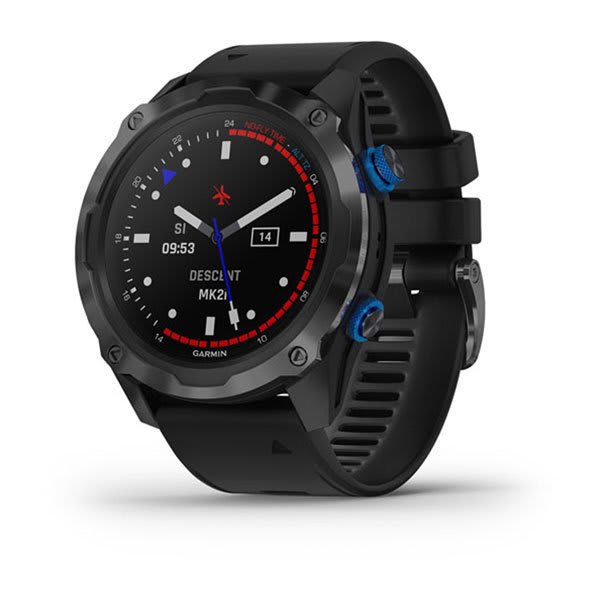Figured I'd add another post to an existing thread - I have not read the entire thread, but here is my impression of the X50i.
Background, I've been diving Garmin computers since 02/2022, starting with an Mk2i / T1, then upgrading to an Mk3i/T2 and now most recently I've added an X50i to the mix. I've done >400 dives on Garmin's during that time, often diving with one mounted on my DPV and one mounted on my wrist. Yay redundancy? I also have multiple regular dive buddies that dive various Garmin products, so we "use" the messaging feature - just kidding, we don't... it sucks... but we do use them to keep track of each others air. The range on the Garmin Tx's is quite nice for that and allows us to a little more safety and better planning for when its time to end the dive.
Initial thoughts: Wow, the X50i screen is BIG. Its almost too big, its pretty thick as well, but I'm used to the mk series being small, light and nimble. The X50i is also kind of thick and heavy, and the battery rating isn't *as* good as the mk series but its definitely good enough. I also did zero customization before entering the water apart from setting my conservatism and pairing it with my T2 transmitter. I figured if I *needed* any information, I could refer to my Mk3i. I found myself using the buttons for navigation as the touch screen wasn't quite as precise as the apple products I frequently use. It worked fine, and admittedly I barely use the Mk3i's touch screen because I'm so used to navigating using buttons from the Mk2i days. But, the touch screen worked well enough when needed.
I took it in the water for the first time last night. I did a ~2 hour night dive with a buddy, we rode DPVs around the reef and caught our limit of lobster, then filmed a baby hammerhead curiously checking us out. I was not that impressed with the 'medium' brightness, even at night. It seemed closer to the mk2i than the brilliant mk3i I'm used to. Maybe I'm being nitpicky... but I was incredibly impressed with how much information they fit on the same screen. My main complaint of the mk series is I frequently have to flip through screens to check buddies air, check compass nav, check other basic features (NDL, depth, whatever) and it gets annoying. The X50i seemed to have everything available on the same screen, until my buddy asked me how much air I had and I had to look at the Mk3i...
Post dive - I ran through the manual, explored all the menu options and customize the diving data screens such that I could have a "one screen fits what I need, 99.99% of the time" data screen. I fixed the "wheres my Tx pressure" problem as well as added 3 buddies air, kept the compass, depth, max depth, battery life, MOD, etc etc all in one screen and more. This is a huge step up from the mk series and will allow the X50i to be mounted on the DPV giving me anything I need in a glance. I was always incredibly disappointed with what Garmin allowed to be customized for dive data screens on the mk series. Or maybe I'm missing something... feel free to comment if I am.
I'll continue to dive it (alongside an Mk3i) and compare, but overall I'd highly recommend it. Its not a replacement for an Mk3i, its simply a different computer. Its more customizable, much much bigger and overall a bit of an upgrade, depending on what all you're looking for in a dive computer. I'm quite happy I bought it and am looking forward to mounting it to my DPV to use as a rather expensive compass that also happens to tell me everything I used to look at my wrist for.




